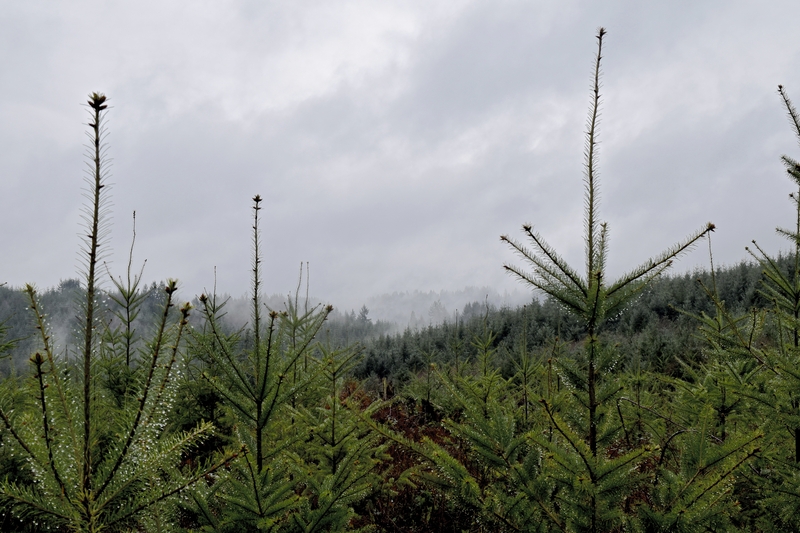The Carbon Cycle, and where burning firewood fits in to this

Burning firewood is a popular way to heat homes, especially during the winter months. But some people worry that burning firewood might contribute to global warming and climate change. However, it’s actually a carbon-neutral process, which means it does not release any additional carbon into the atmosphere. To understand why, we need to talk about the carbon cycle.
The carbon cycle is a natural process that moves carbon between the atmosphere, plants, animals, and the ground. Carbon is a chemical element that is found in many forms, including carbon dioxide (CO2), which is a gas that makes up a small part of the Earth’s atmosphere. Plants take in CO2 through a process called photosynthesis, and use it to create energy and grow. Animals, including humans, eat plants and use their carbon for energy as well.
When plants and animals die, their bodies and waste decompose, and the carbon they contain is released back into the atmosphere as CO2 through a process called respiration. This is a natural part of the carbon cycle. However, if carbon is released into the atmosphere faster than it can be absorbed by plants and other organisms, it can contribute to global warming and climate change.
This is where burning firewood comes in. When we burn firewood, we release the carbon stored in the wood back into the atmosphere as CO2. However, this carbon was already part of the carbon cycle before it was stored in the wood. When trees grow, they take in CO2 from the atmosphere through photosynthesis and use it to create energy and grow. This carbon is then stored in the tree’s wood, leaves, and roots.
When we burn firewood, we are releasing the carbon that was already part of the carbon cycle back into the atmosphere. It’s like taking a carbon “loan” from the atmosphere and then paying it back when we burn the wood. As long as we continue to plant new trees to replace the ones we have burned, the carbon cycle remains balanced and there is no net increase in carbon in the atmosphere.
In fact, using firewood as a source of heat can actually be better for the environment than using fossil fuels, such as coal or oil. Fossil fuels are made from ancient plants and animals that died millions of years ago and were buried deep in the earth. When we burn fossil fuels, we release carbon that has been stored underground for millions of years, which can lead to a net increase in carbon in the atmosphere.
On the other hand, burning firewood is a renewable energy source. As long as we continue to plant new trees, we can continue to use firewood as a source of heat without depleting the Earth’s resources. Plus, trees absorb more CO2 from the atmosphere as they grow, so planting new trees can actually help to reduce the amount of carbon in the atmosphere.
In conclusion, burning firewood is a carbon-neutral process that does not contribute to global warming or climate change. As long as we continue to plant new trees to replace the ones we have burned, the carbon cycle remains balanced and there is no net increase in carbon in the atmosphere. Using firewood as a source of heat can be a great way to reduce our dependence on fossil fuels and help to protect the environment. So go ahead, light that fire and enjoy the warmth!


